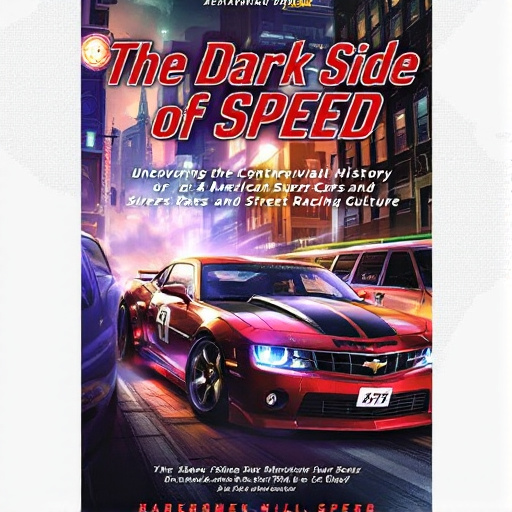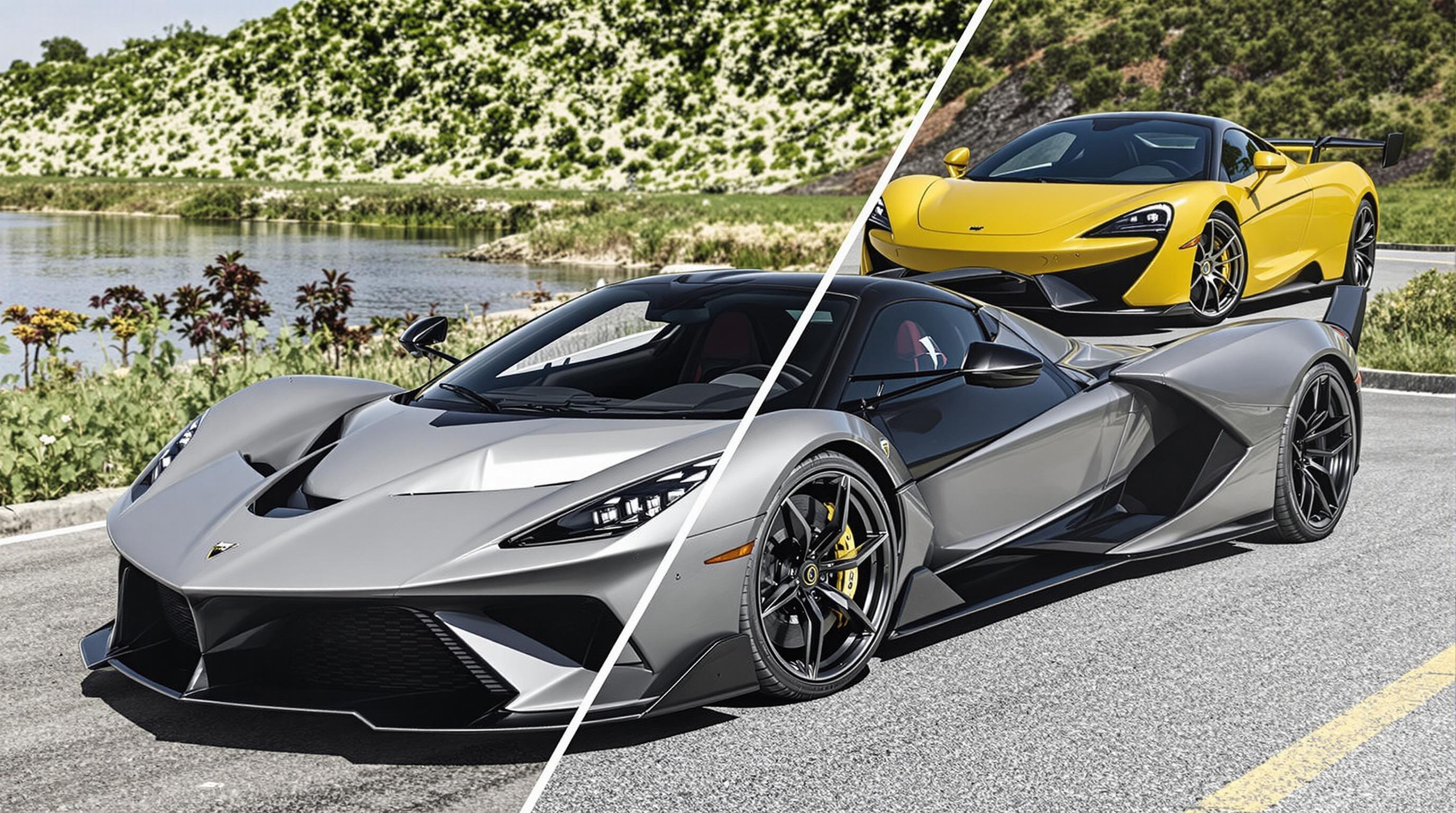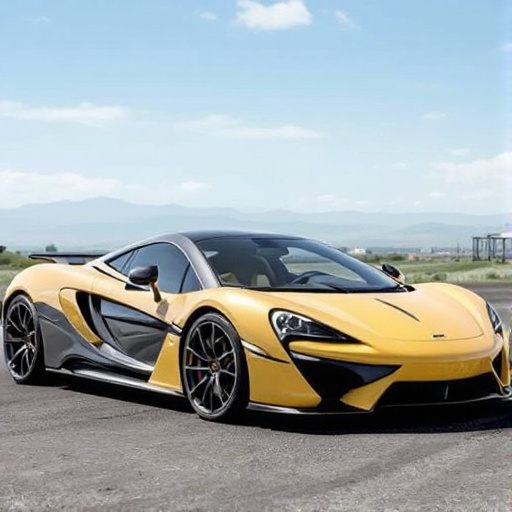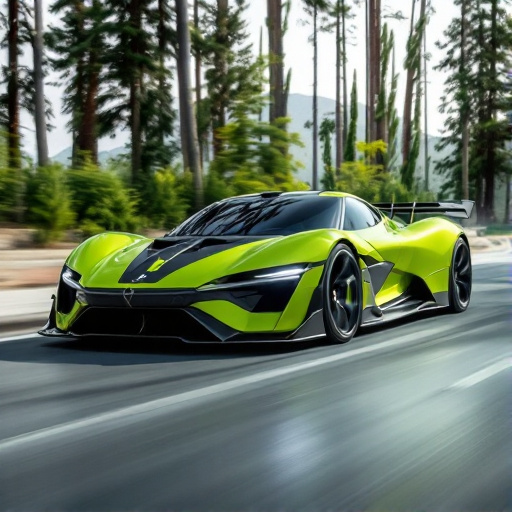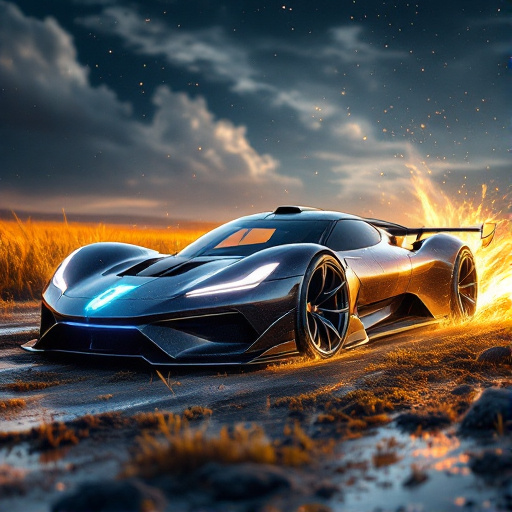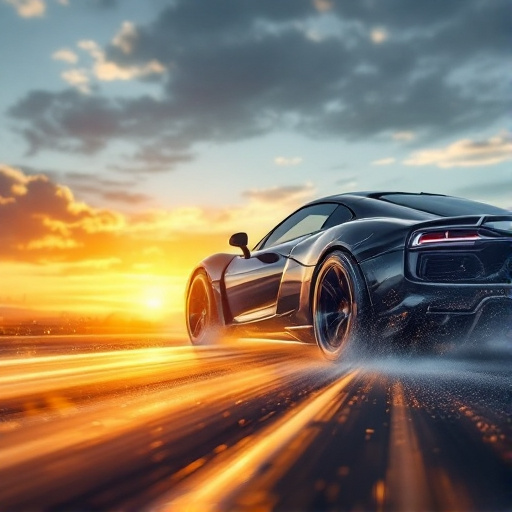Related Articles
- Unveiling the Unthinkable: How Your Social Media Posts Could Impact Your Car Insurance Premiums
- "From Showroom to Social Media: How Dealerships are Becoming Digital Storytellers in 2023"
- "From Showroom to Stream: The Rise of Virtual Reality Test Drives at Dealerships"
- Revving Up Sales: How Virtual Reality is Transforming the Dealership Experience for Shoppers and Sellers Alike
- Selling Experiences: How Dealerships Can Transform into Immersive Automotive Entertainment Hubs
- The Surprising Impact of Your Credit Card Habits on Car Financing: What You Didn't Know!
The Dark Side of Speed: Uncovering the Controversial History of American Super Cars and Street Racing Culture
The Dark Side of Speed: Uncovering the Controversial History of American Super Cars and Street Racing Culture
The allure of American supercars and street racing culture is intertwined with excitement and danger, boasting a history that reveals both the innovative spirit of automotive engineering and the darker consequences of speed. As we cruise through decades of high-octane thrills and devastating accidents, we uncover the complex landscape shaped by passion, crime, and a relentless quest for freedom on the open road.
The Birth of the American Supercar
The American supercar scene ignited in the 1960s, reshaping car culture with groundbreaking engineering, unparalleled speed, and a touch of Hollywood glamor. Enter the Ford Mustang in 1964, a car that kicked down the doors of possibility—and speed—launching a new era where any aspiring gearhead could dream of breaking the sound barrier on asphalt.
Fast forward to today, brands like Corvette, Dodge, and Tesla consistently push performance boundaries, offering cars that can shatter the 0-60 mph sprint in mere seconds. According to a report by the International Organization of Motor Vehicle Manufacturers (OICA), nearly 1.4 million sports cars were sold in the USA in 2022, demonstrating the ever-growing love affair between Americans and high-speed machines.
Street Racing: A Thrilling Yet Dangerous Underground
Street racing has an almost folkloric appeal, transcending socioeconomic barriers and becoming a rite of passage for many young enthusiasts. It often starts with a simple wager between friends—the classic challenge of who has the faster car. However, this thrilling pastime can quickly morph into deadly games, where the stakes are not just monetary but can involve lives.
In a 2018 study released by the National Highway Traffic Safety Administration (NHTSA), street racing accounted for approximately 123 fatalities, illustrating the grim reality lurking behind the adrenaline. Cases like the infamous “Fast and Furious” inspired street race in 2001, which resulted in several injuries and fatalities, serve as stark reminders of the chaos that can erupt when speed meets recklessness.
The Social Fabric of Street Racing
Street racing isn't only about the adrenaline; it’s also about community and camaraderie. Gearheads from diverse backgrounds converge in parking lots, drag strips, and highways to share a love of speed, flashy modifications, and a mutual disdain for the mundane. As they rev their engines, this subculture promotes a sense of belonging and identity that offers participants much more than merely fast cars.
However, lurking beneath this flashy surface is a history marred by law enforcement crackdowns and tragic accidents. The arrival of the first import-tuning scene in the mid-1990s saw an explosion of underground racing events, which rebellion-fueled muscle cars faced off against foreign tuners, illuminating the discord between car cultures.
Case Study: The Rise and Fall of the "Street Racer" Bubble
Take the captivating yet cautionary tale of the early 2000s "tuner car boom." This phenomenon blossomed as young adults customized their vehicles for street racing, leading to a spectacular rise in popularity. However, during this decade, multiple street racing incidents became so common that cities like Los Angeles and Miami implemented stringent laws against it—blowing the bubble that had formed around street racing—and turning what was once a passionate pastime into a legal battleground.
The Legal Repercussions
What happens when the blink of an eye turns into a ticket? Consequences for illegal street racing can range from fines to serious prison time. In 2020, a New York man named Marley Adams was arrested after a high-speed joyride ended in tragedy, highlighting the harsh reality that racing on public streets can lead to irrevocable repercussions. In fact, many states have enacted laws categorizing street racing as a felony, leading to car confiscation and heavy penalties of up to $10,000.
The Dark Side: Fatalities and Consequences
The grim statistics are hard to ignore; the thrill of speed often comes in tandem with devastating accidents. Research shows that teenage drivers are particularly at risk, with the NHTSA revealing that over 25% of fatal car crashes involve drivers aged 16 to 24. The visceral desire for speed can lead to life-altering decisions that don’t only affect the racers but also innocent bystanders caught in the crossfire.
One notable incident occurred in 2009 when street racer Jonathan Cruz's reckless driving led to a multi-car collision in Houston, Texas, resulting in four deaths. Such tragedies have prompted advocacy groups like the Governor’s Highway Safety Association (GHSA) to call for greater awareness and prevention strategies to combat the perils of street racing.
Influence of Media and Pop Culture
The relationship between American pop culture and street racing is a double-edged sword. Movies such as “The Fast and the Furious” franchise glorify the thrill and excitement of racing, leading viewers—especially impressionable young adults—to long for that same adrenaline rush. While these films have undeniably cemented car culture in the public’s imagination, they have also inadvertently contributed to a warped perception that reckless driving is a glamorous pursuit with no serious consequences.
On the other hand, advocacy shows and documentaries shine a light on the often-ignorant practices that fuel street racing culture. For example, “Street Outlaws” focuses on the dedicated racers who have turned their passions into sanctioned events, opting for legal venues rather than risking life and limb on public roads. The contrast highlights the choice between thrill and safety, inviting young racers to reconsider their motivations.
An Engine for Change: Racing for a Cause
Amidst this chaotic backdrop, some car enthusiasts aim to channel their passion into positive action. Organizations such as "Street Racing Anonymous" encourage racers to transition their energy into organized events that prioritize safety while still celebrating the thrill of speed. These events often include charity races that benefit local communities and raise awareness around safe driving practices. If only the infamous street racers could swap those illegal night races for a day at a track—what a different story we could be telling!
Moreover, programs such as Youth Driver Education are becoming increasingly prevalent, aiming to educate teenagers on the dangers of reckless racing and the importance of responsible road use. By tugging on the heartstrings with statistics that say most gang-related crime is similar to the thrill sought in illegal racing, advocates hope society can view street racing as a collective challenge rather than an isolated issue.
Conclusion: Striking a Balance Between Passion and Safety
Ultimately, the journey through the world of American supercars and street racing culture serves as a multifaceted tale of passion, danger, and innovation. The tension between thrilling speed and responsible driving continues to shape the narrative as gearheads navigate the thin line separating exhilaration from tragedy.
As we move forward, the challenge lies in harmonizing the visceral yearning for speed with the increasing need for safety. By investing in organized racing events, strengthening educational outreach, and altering public perceptions, this culture can evolve from the shadows of danger into one filled with pride, community, and—with a healthy respect for the rules—true exhilaration.
So, the question now is: What future will young speed enthusiasts choose? The answer rests in their hands—and feet—on the gas pedal.
